The École biblique et archéologique française de Jérusalem has, once again this year, organised a topographical study trip in the mountainous and arid lands of the Negev.
For this first study trip of the second semester, the cohesion between the researchers who have been there since October and the newcomers was the focus of the journey, all working towards the same objective: to study the topographical treasures of the region. It was thus in these areas of great significance for archaeological research that they took turns presenting the sites and their history. These zones, at the crossroads of Egypt, the Holy Land, and Arabia, were studied during their lessons and at the Israel museum the week before.
According to the Bible, Tel Beer Sheva was the centre of activity for Abraham, Isaac, and Jacob. Important due to its association with the patriarchs, the name is explained as ‘the well of seven / the well of the oath’ in the account of the treaty between Abraham and Abimelech the Philistine (Gn 21:25-33). Finally, it is in Beer Sheva that Jacob received the vision encouraging him to take his family to Egypt (Gn 46:1-7). Speaking of Egypt, Arthur, a PhD student in Egyptology and an AIBL scholarship holder at the ÉBAF, presented Egyptian or Egyptianising objects from the 8th century BCE found at Tel Beer Sheva.
|
|
During the study trip in Jordan, the students had the opportunity to discover the inscription of Mamshit on the famous Madaba mosaic. Founded in the 1st century AD by the Nabataeans, this city bears witness to the genius of its builders. The structures of Mamshit were so well designed that some remained in use until the 4th century AD.
|
|
At Shivta, the Nabataeans laid their foundations as early as the 1st century AD, marking the beginning of a long history. Although records about the city remain silent during the 2nd and 3rd centuries, the 4th century marks a turning point. During this time, Shivta enters a phase of expansion that continues vigorously into the following century. Christianity also leaves a visible mark on the city, with the construction of two churches, symbols of the growing influence of the religion in the region.
|
|
As early as the 3rd century BC, caravans made stops at Avdat, as evidenced by the coins and pottery found on site. However, it was only under the reign of Obodas III (28-9 BC) that the first stone structures were erected. To level the acropolis, he had retaining walls built, on which a temple dedicated to his deified predecessor, Obodas II (62-58 BC), was constructed.
The city then took the name Oboda, or Avdat, as it is known today in Arabic (Abdah) and modern Hebrew (Avdat)
|
|
The open-air sanctuary of Ramat Sharonim, in the Makhtesh Ramon, reveals a sacred enclosure or a ritual centre focused on mortuary worship, dating back to the Late Neolithic, 5,000 BC. In this spectacular crater where the red sand stretches as far as the eye can see, how can one not feel as if they are on Mars?
|
|
The study trip concludes at Timna, an important copper mining area exploited by the Egyptians. This is evidenced by the cartouches and the remains of the Temple of Hathor, dated to the 13th century BC.
|
|
Click here to watch a video of our journey.
This study like, like the one in Jordan, is made possible thanks to the generosity of our donators.
Thanks to your help, we will continue studying on exceptional research sites.
Support the transmission of knowledge in the Holy Land, donate now

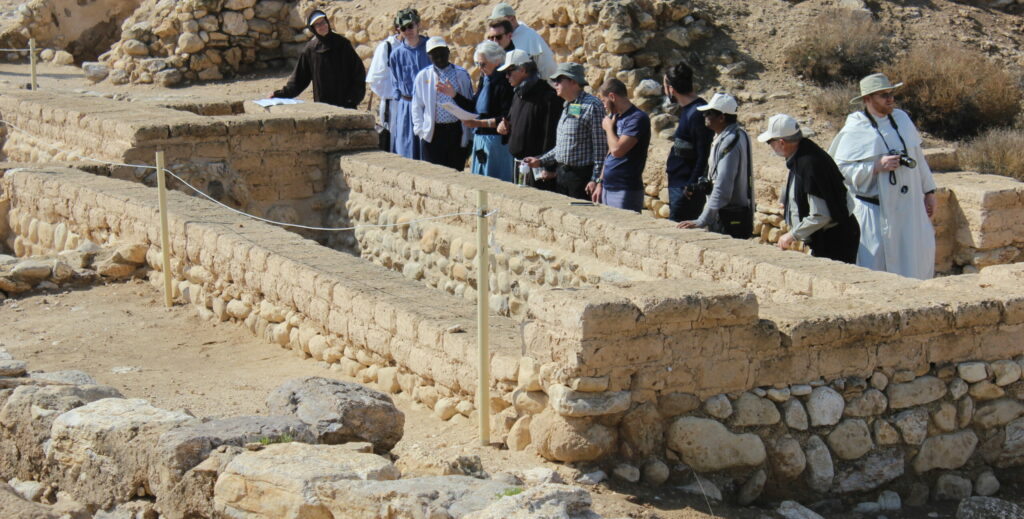 Photo: ÉBAF, Ordo Prædicatorum. Introduction by Sr. Claire.
Photo: ÉBAF, Ordo Prædicatorum. Introduction by Sr. Claire.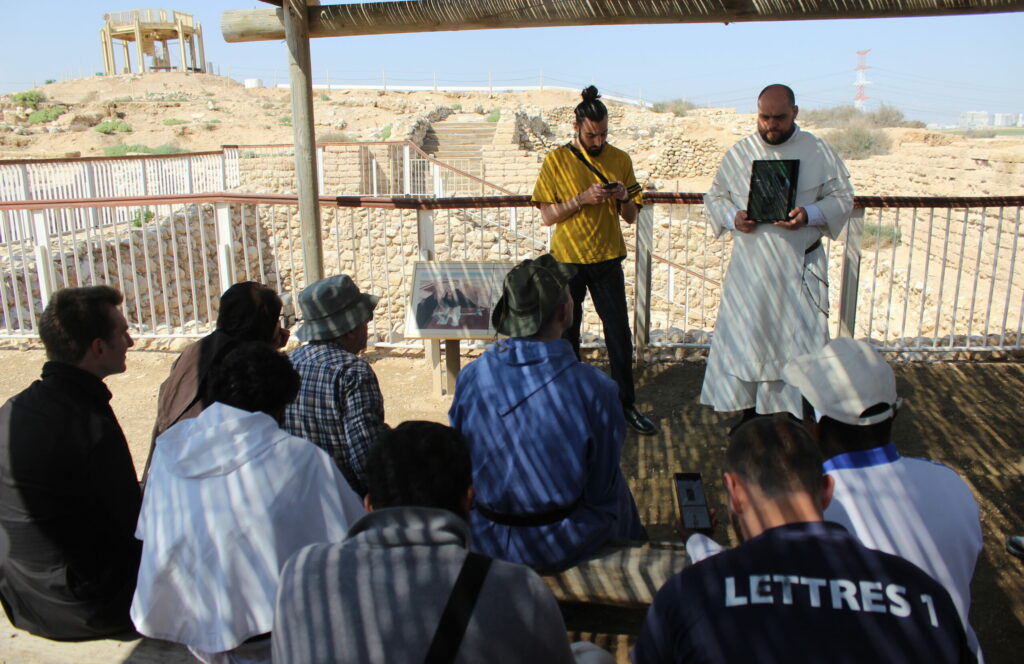 Photo: ÉBAF, Ordo Prædicatorum.
Photo: ÉBAF, Ordo Prædicatorum.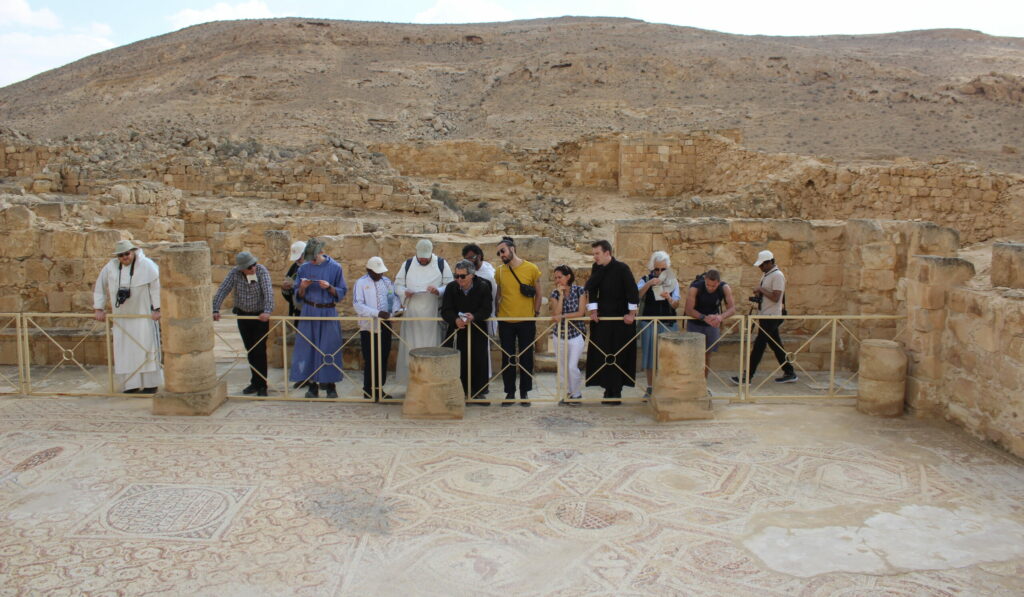 Photo: ÉBAF, Ordo Prædicatorum. The byzantine mosaic.
Photo: ÉBAF, Ordo Prædicatorum. The byzantine mosaic.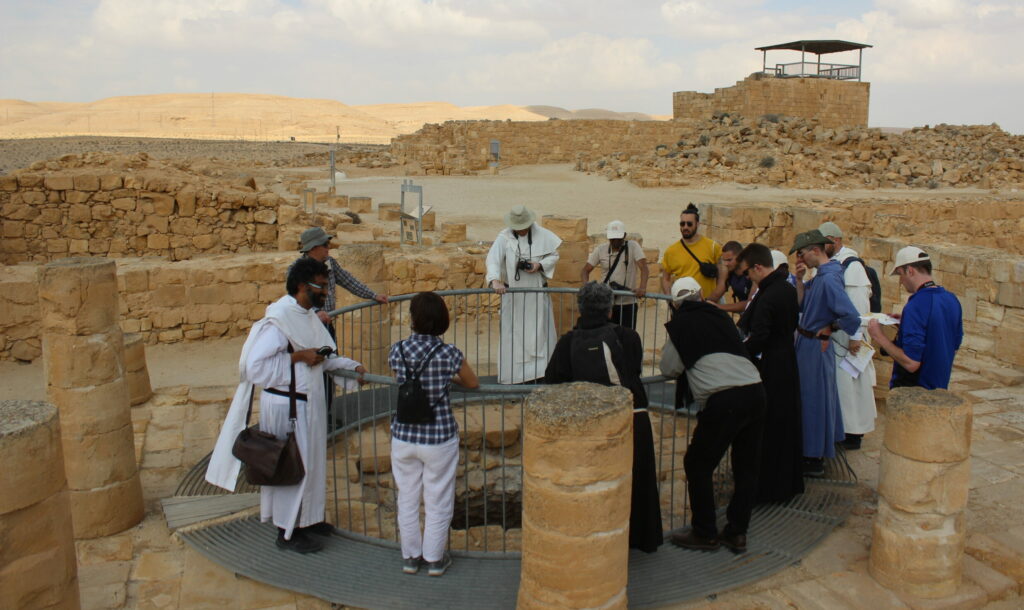 Photo: ÉBAF, Ordo Prædicatorum. Around the cistern.
Photo: ÉBAF, Ordo Prædicatorum. Around the cistern.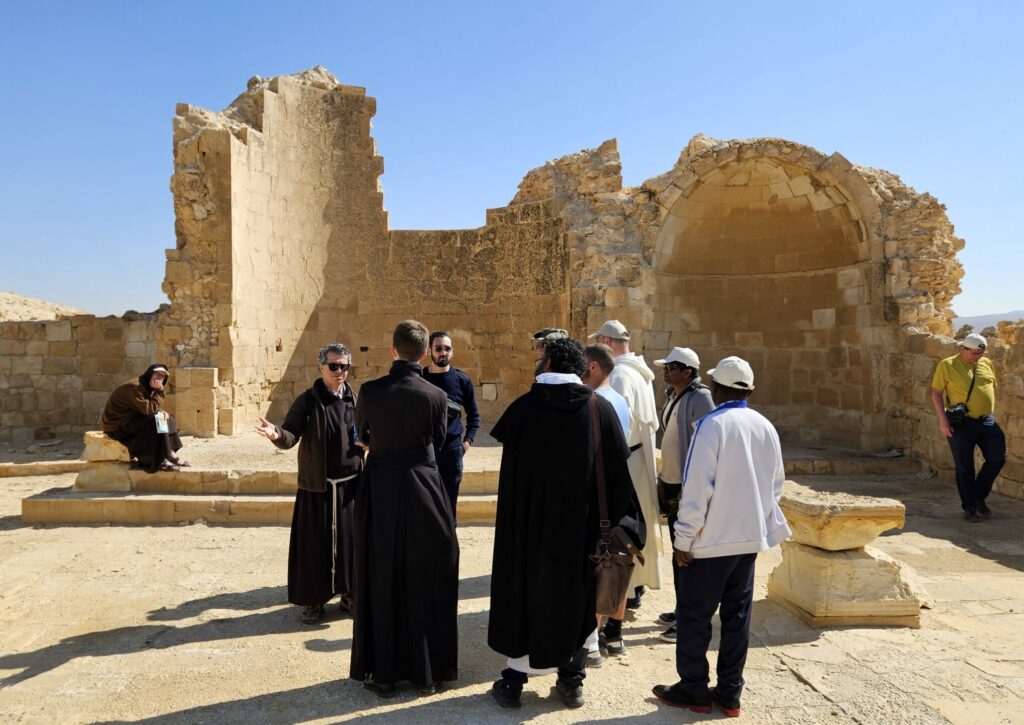 Photo: ÉBAF, Ordo Prædicatorum.
Photo: ÉBAF, Ordo Prædicatorum.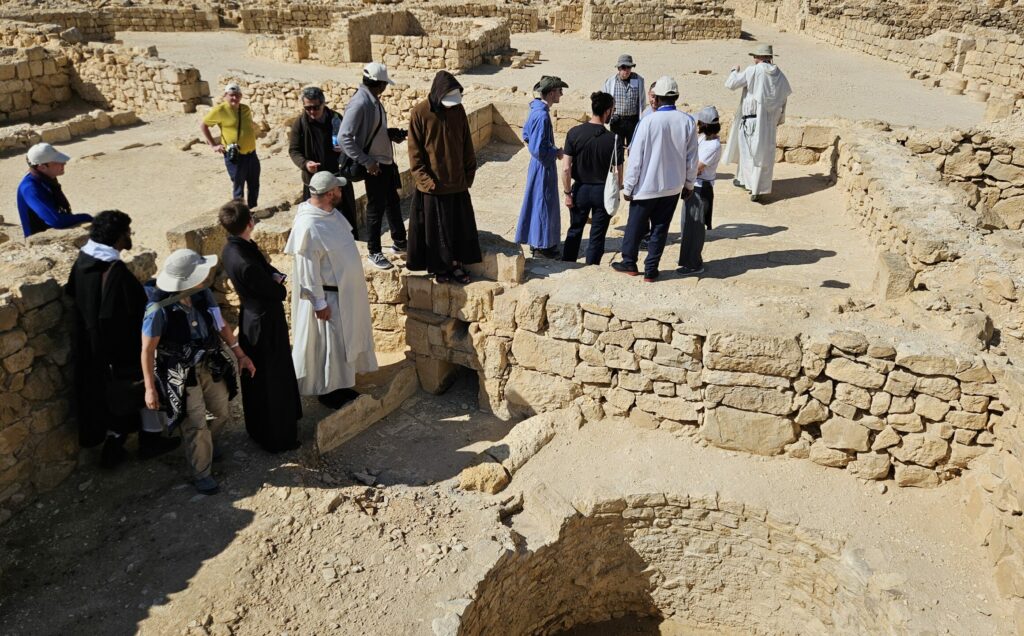 Photo: ÉBAF, Ordo Prædicatorum.
Photo: ÉBAF, Ordo Prædicatorum.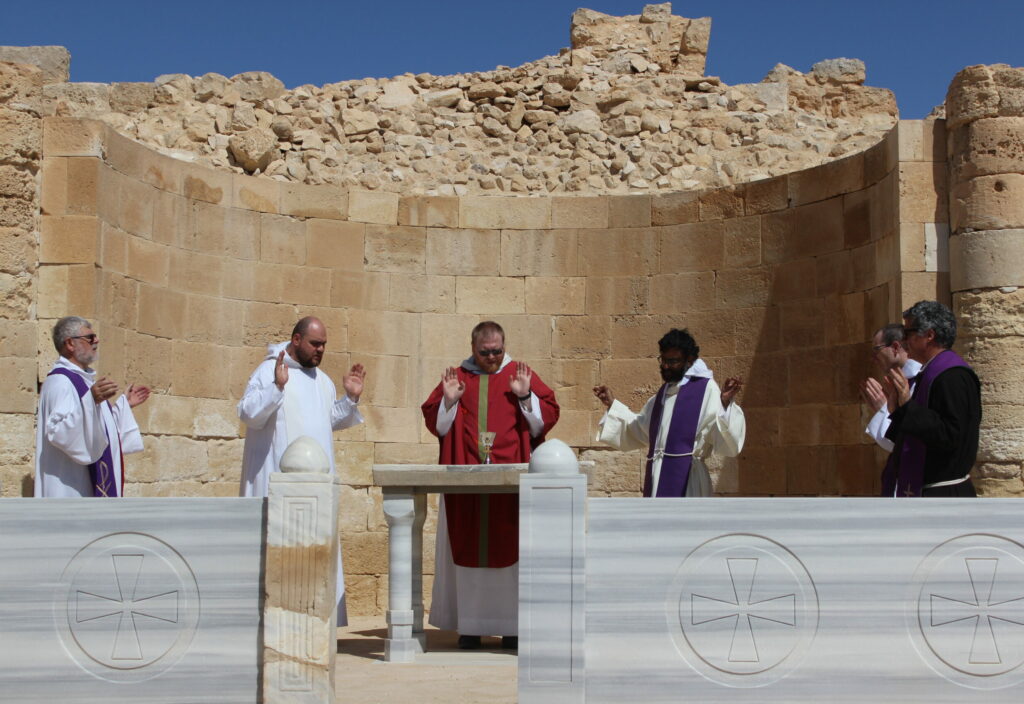 Photo: ÉBAF, Ordo Prædicatorum.
Photo: ÉBAF, Ordo Prædicatorum.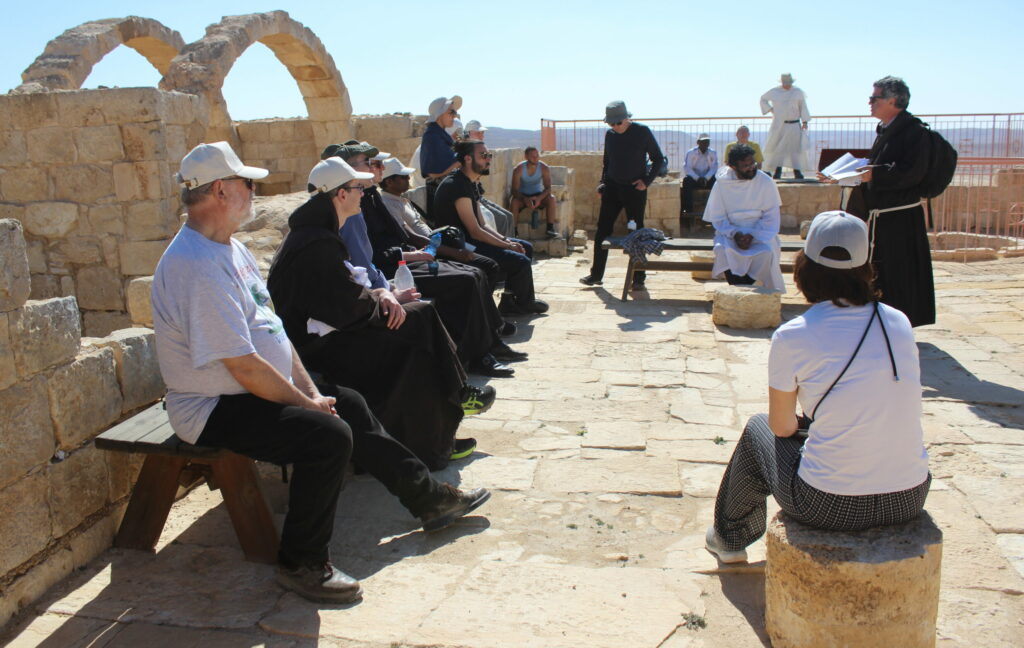 Photo: ÉBAF, Ordo Prædicatorum. Lecture atop the fort.
Photo: ÉBAF, Ordo Prædicatorum. Lecture atop the fort.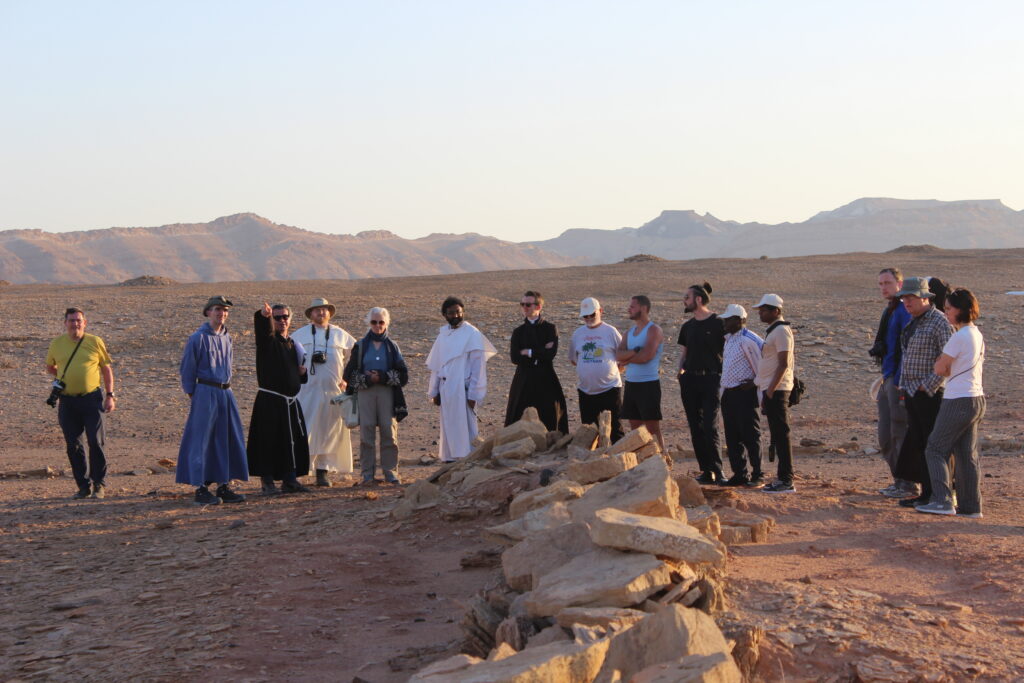 Photo: ÉBAF, Ordo Prædicatorum. Millenia-old mound.
Photo: ÉBAF, Ordo Prædicatorum. Millenia-old mound.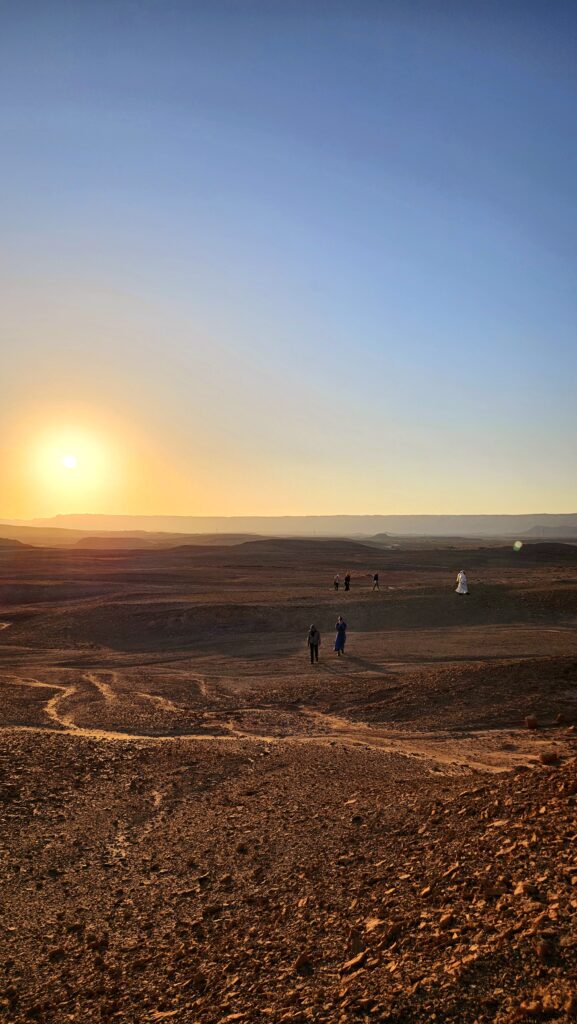 Photo: ÉBAF, Ordo Prædicatorum.
Photo: ÉBAF, Ordo Prædicatorum.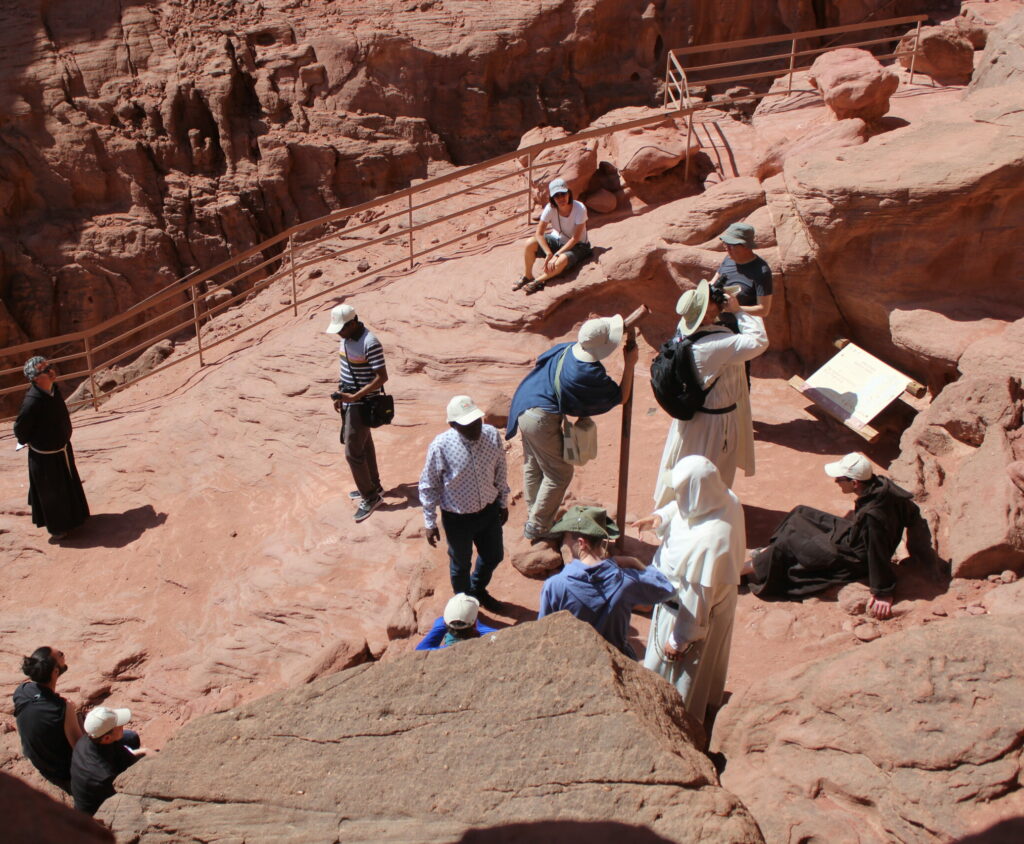 Photo: ÉBAF, Ordo Prædicatorum. Sightseeing.
Photo: ÉBAF, Ordo Prædicatorum. Sightseeing.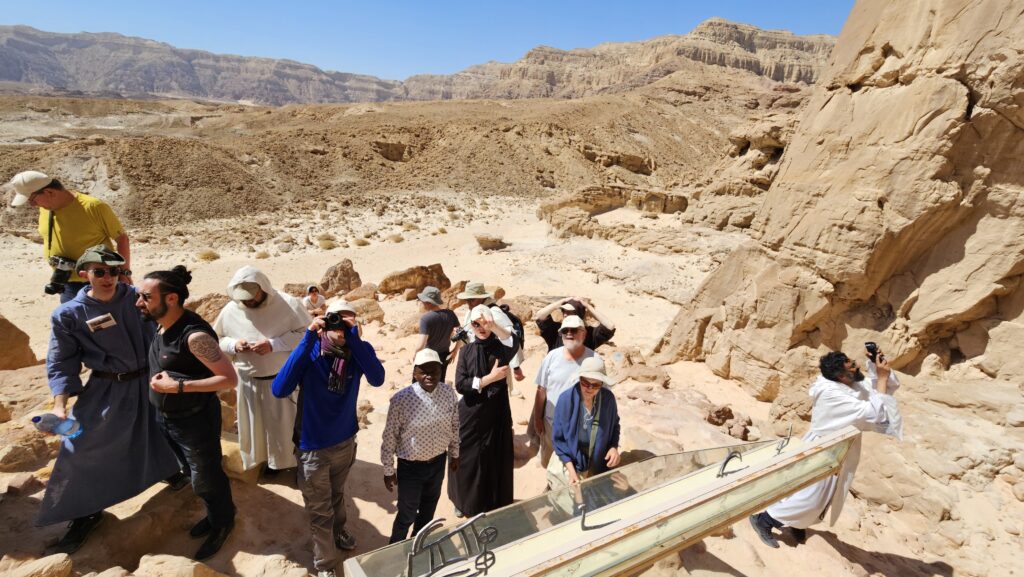 Photo: ÉBAF, Ordo Prædicatorum. Deciphering the inscriptions.
Photo: ÉBAF, Ordo Prædicatorum. Deciphering the inscriptions.